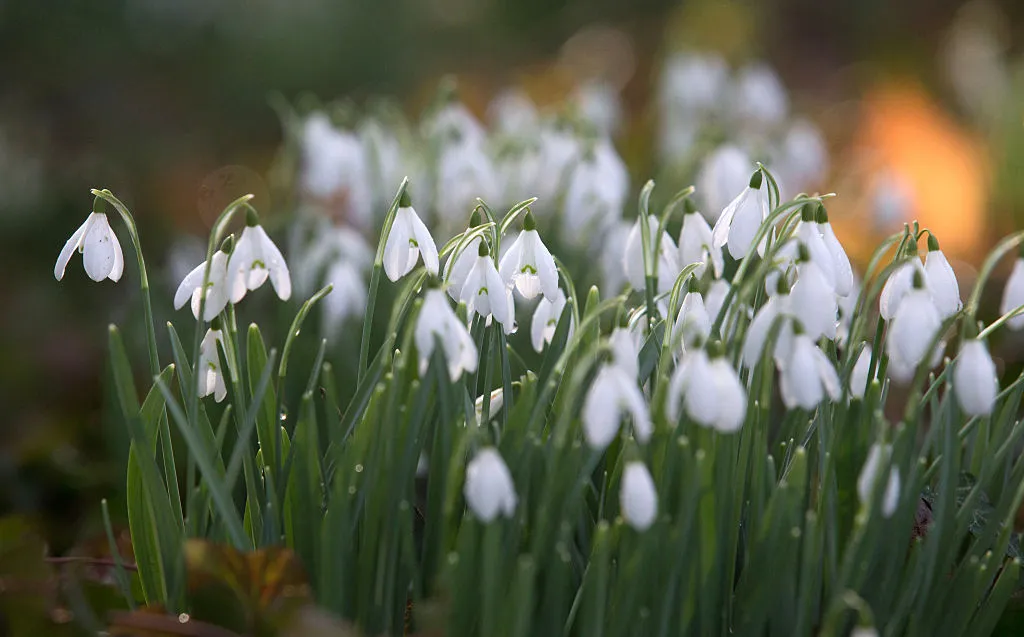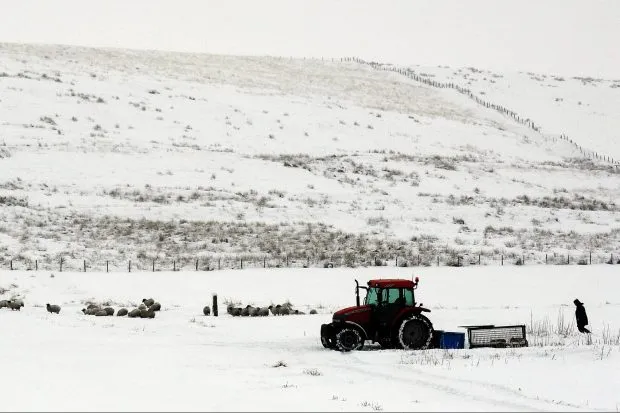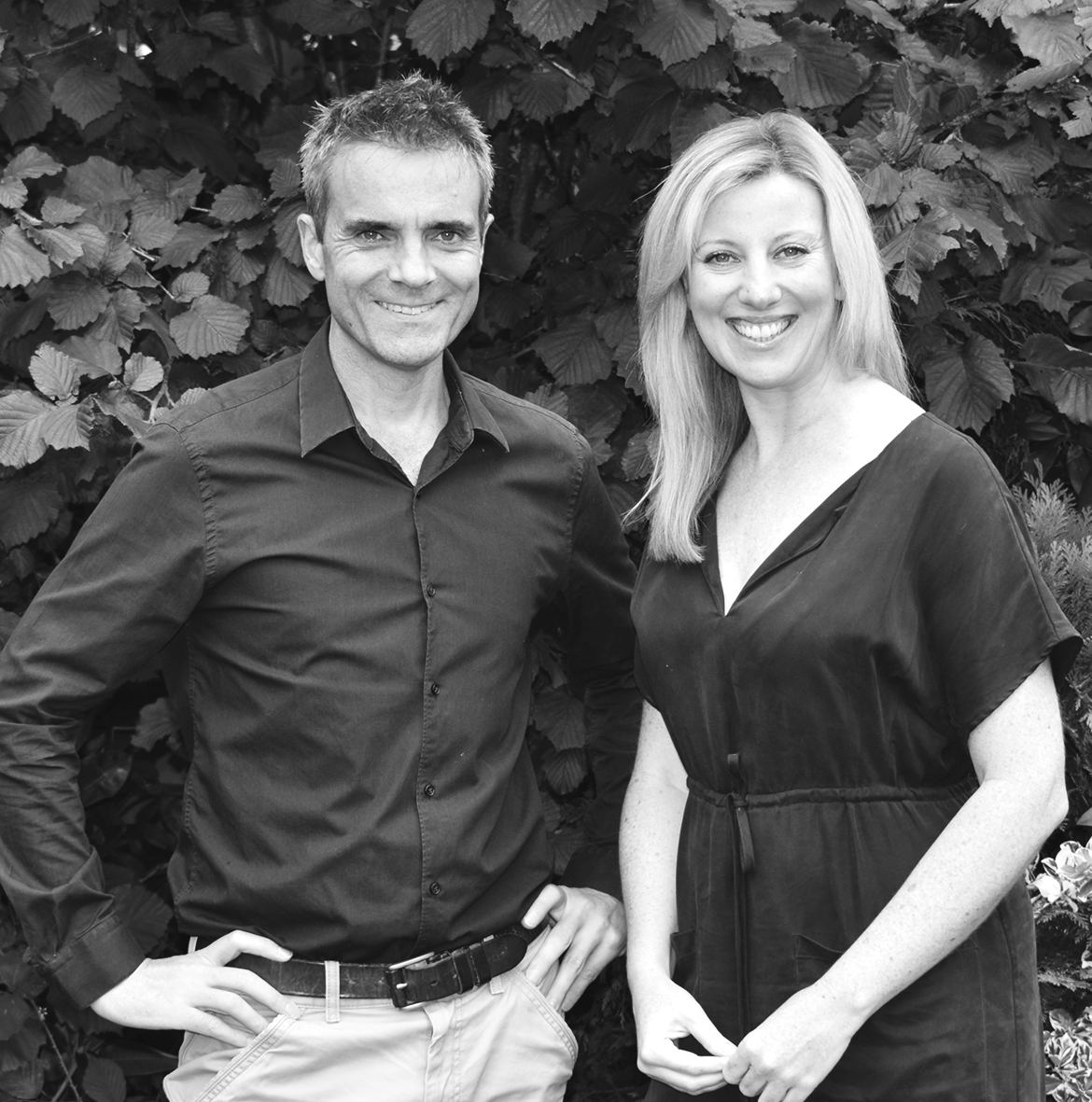Our expert weather guide by meteorologists and presenters John Hammond and Sara Thornton considers if and how the UK's seasons are changing and the potential impact on nature.
When does spring start?
At this time of year, we’re always asked the same question, regular as clockwork: “When is the official start of spring?”
We always give the same answer: “It depends”.
Meteorological definition of seasons
For some weather experts, records are the key, so for consistency, climate statisticians consider March 1st as the official start of spring, with the full months of March, April and May as clearly defining the season. It’s neat and simple and gives us a benchmark for the data, whatever the whims of weather from year to year.

The three months from June comprise summer. Autumn falls during September, October and November, with the final three months completing winter. But can we really compartmentalise our seasons into neat, equal chunks when the meteorological ‘goalposts’ are constantly shifting from day to day and from year to year?
Astronomical definition of seasons
You might prefer the astronomical definition, and look to the sun as your guide. Around three weeks after the climatological start of spring, the equinox marks the moment the direct sun passes the equator and moves back into the northern hemisphere after six months down south.
Of course, the sun itself is not moving; it’s the earth tilt as it orbits the sun that creates this passage of light and heat around the globe.

How does phenology signal the seasons?
Then there is a third measure, much more fluid and moveable, based on phenology. The signs are all around us in nature, giving each season its own hallmark. In winter, lower temperatures, snow, frost and cold rain sees animals hibernate and plants becoming more dormant to conserve energy. In spring, the natural world re-awakens and starts its race for growth. In summer, as verdant energy peaks, so crops reach fruition. Then as light and temperatures dwindle so the pace of life slows and nature prepares for winter again.
What is phenology?
Phenology is the study of seasonal changes in plants and animals each year, looking at how they are influenced by the climate.
The man considered to be the founding father of phenology, Robert Marsham, kept his detailed notes, 'Indications of Spring', for 60 years from 1736. This gave the UK a clear baseline from which to track changes in nature.
The man considered to be the founding father of phenology, Robert Marsham, kept his detailed notes, ‘Indications of Spring’, for 60 years from 1736. This gave the UK a clear baseline from which to track changes in nature. He measured 27 different signs of the season, including the first snowdrops, swallows, butterflies and cuckoo calls - work that was carried on by his family until the 1950s.
In the 1870s the Meteorological Society launched its own phenology network with a peak of 600 observers across the UK. Its work is carried on in modern times with the Woodland Trust’s Nature Calendar, contributed to by more than 4000 participants.
The phenology records show a clear relationship between temperature and the spring emergence of new plants, and that the overall trend for budburst becoming earlier.
When is the UK’s growing season?
Then there is the ‘growing season’. Far from being an abstract concept, there are clear definitions for England’s growing period. It begins at the start of a period of five successive days where the daily-average temperature is greater than 5.0°C and finishes when there is a period of five days when the average temperature is less than 5.0°C.
In the late 19th century, central England’s growing season was around 244 days. Nearly a hundred years later, that had increased by more than a week. And by 2006-2015 the growing season average was up to 280 days - five weeks longer than in the 19th century. Scientists link the increase in the growing season to the observed warming across the UK of just under 1C since the 1960s.
The UK's growing season starts earlier than you might think. One of the earliest years was in 2002, when it began on January 13th. Which is well before spring starts by the stricter measures mentioned earlier.

Does this indicate that ‘spring’ is becoming longer, and ‘winter’ shorter?
The short answer is a bit of both. Over short time periods, the weather has a funny way of confusing us. Just a few weeks ago, 20 degree temperatures in late February meant this supposed late winter month was more typical of early summer, let alone spring. Proof of global warming?
As recently as last year, the ‘Beast from the East’ brought all-time record cold in early March. And to add to our bewilderment, only six years ago, the entire spring of 2013 was actually colder than the winter that preceded it.
Our climate is really a ‘potpourri’ of different weather. And the weather’s fickle quirks have, and always will, disguise the more gradual drifts of the seasons through the year. Any one single weather spell cannot on its own prove anything about longer-term trends.

We know that the world is warming but it won’t be a smooth transition. Indeed in any one place and in any one year, the weather may throw up even more contradictory fluctuations - from hot to cold and from drought to flood - than in the past. As a result, nature will do its own thing to adjust.
If you really want to know what season we’re in, why not take a look out of the window. Wildlife probably has a better idea than we do.
With nearly 40 years of weather broadcasting expertise between them, meteorologists and presenters Sara Thornton and John Hammond love talking about weather. At weathertrending.com and on social media @weathertrending, they blog about their passion for weather, and how it affects the way we live, every day.

